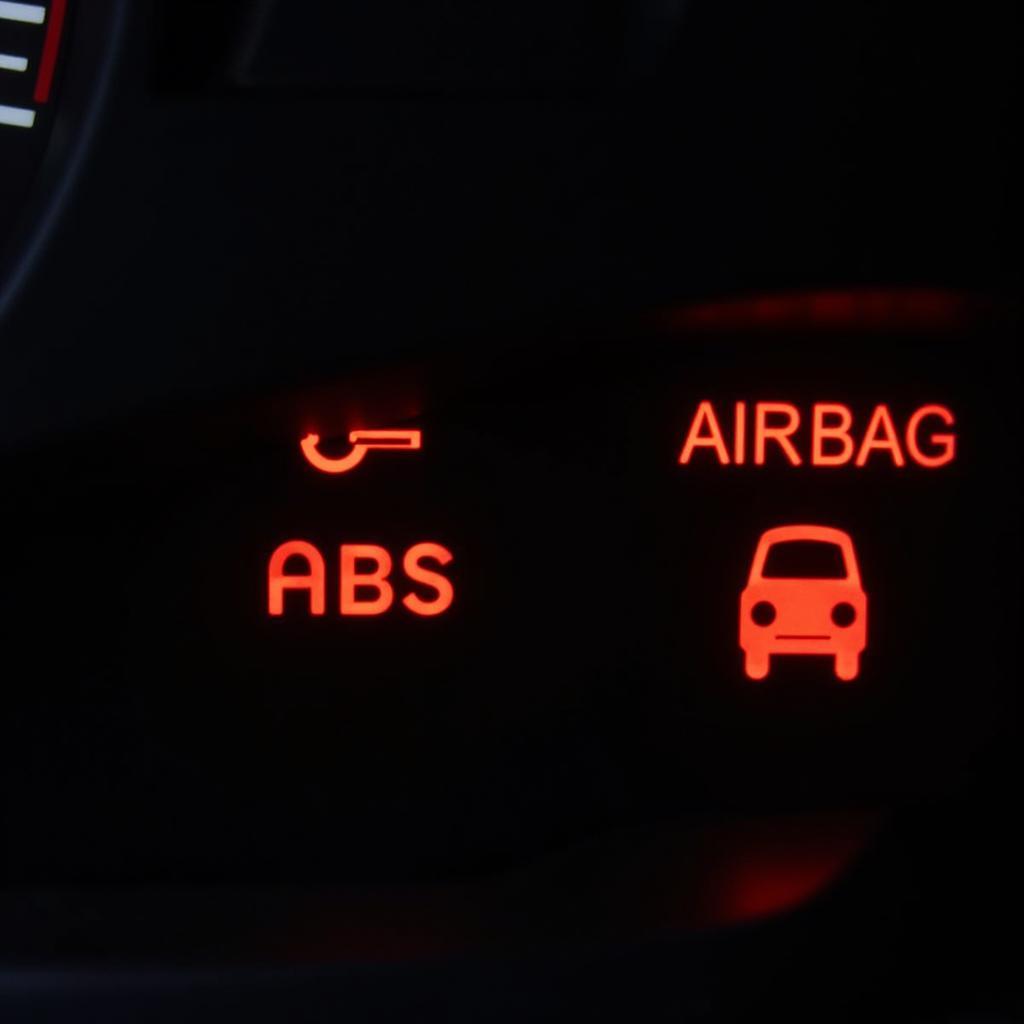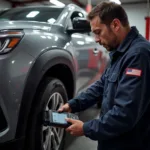Modern vehicles are complex machines that rely heavily on onboard computers for various functions. These computers constantly monitor systems, and when something goes wrong, they generate diagnostic trouble codes, more commonly known as “car codes.” Understanding car code diagnostics is crucial for any car owner or mechanic looking to pinpoint and fix automotive issues effectively.
What is Car Code Diagnostic?
Car code diagnostic refers to the process of retrieving and interpreting these trouble codes stored in your vehicle’s computer. These codes are like clues, each representing a specific malfunction detected within a system. Rather than leaving you in the dark about a “check engine” light, car code diagnostics empower you with the information needed to understand the problem’s nature and severity.
How Car Code Diagnostic Works
Your vehicle’s computer system, often referred to as the Engine Control Unit (ECU), uses sensors placed throughout the engine and other critical components to monitor performance. When a sensor detects a reading outside the pre-programmed parameters, it triggers the ECU to store a corresponding trouble code.
Accessing these codes typically requires a specialized tool called an OBD-II scanner. This device plugs into a standardized port, usually located under the driver’s side dashboard, and retrieves the stored codes.
Deciphering the Code
Car codes follow a standardized format, typically consisting of five characters:
- The first character: Indicates the system related to the fault. For example, “P” stands for Powertrain, “B” for Body, “C” for Chassis, and “U” for Network & Vehicle Integration.
- The second character: Specifies whether the code is generic (0) or manufacturer-specific (1).
- The third character: Pinpoints the specific subsystem experiencing the issue, like fuel or ignition systems.
- The last two characters: Provide a more precise description of the problem within that subsystem.
For instance, the code “P0301” indicates a powertrain issue (P), it’s a generic code (0), related to the ignition system (3), and specifically points to a misfire detected in cylinder number 1 (01).
The Importance of Accurate Car Code Diagnostics
Accurate diagnosis is crucial for efficient and effective car repair. Here’s why:
- Saves Time and Money: By pinpointing the exact problem area, car code diagnostics prevent unnecessary repairs and part replacements.
- Targeted Repairs: Mechanics can focus their efforts on the root cause of the issue, leading to faster and more effective repairs.
- Improved Vehicle Performance: Addressing underlying problems identified through diagnostics can enhance fuel efficiency, engine performance, and overall vehicle longevity.
- Safer Driving Experience: By identifying potential safety hazards early on, car code diagnostics contribute to a safer driving experience.
Common Car Code Diagnostic Mistakes to Avoid
- Ignoring Codes: While some codes may seem minor, ignoring them can lead to more significant and expensive problems down the road.
- Jumping to Conclusions: A single code doesn’t always tell the whole story. Thorough inspection and further diagnostics are often necessary.
- Using Cheap or Unreliable Scanners: Investing in a quality OBD-II scanner ensures accurate readings and reliable diagnostic information.
Conclusion
Car code diagnostics are an indispensable tool in today’s automotive world. Understanding these codes empowers car owners and mechanics to address issues effectively, saving time, money, and contributing to a safer and more efficient driving experience. When that check engine light flashes, don’t panic; seek professional car code diagnostics to understand and address the issue before it escalates.


